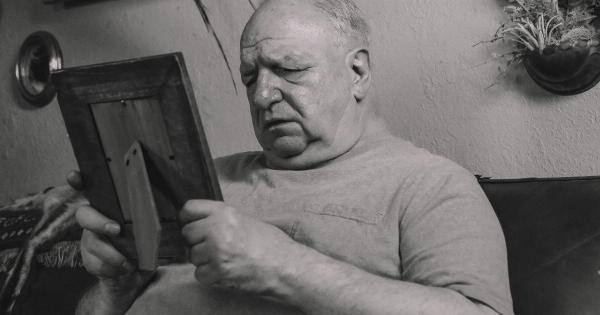Pediatric otoplasty is a cosmetic surgery procedure that aims to enhance the shape and appearance of a child’s ear.
The procedure is designed to address various ear deformities, including prominent ears, cup ears, shell ears, and lop ears, among others. It is often performed on children between the ages of four and 14 years old, as it is during this time that the ear is still developing, and the cartilage is more malleable and pliable.
The Benefits of Pediatric Otoplasty
Pediatric otoplasty has several benefits, both physical and emotional, for children and their families. These benefits include:.
Boosting Self-Esteem and Confidence
Children with prominent ears or other ear deformities are often subjected to teasing and ridicule by their peers. This can lead to feelings of self-consciousness, low self-esteem, and poor body image.
Pediatric otoplasty can help correct these deformities, improving the child’s appearance and self-image, and boosting their confidence and self-esteem.
Preventing Psychological and Behavioral Problems
If left untreated, ear deformities can lead to psychological and behavioral problems in children.
Studies have shown that children with untreated prominent ears or other ear deformities are more likely to develop anxiety, depression, and behavioral issues, such as aggression and social withdrawal. Pediatric otoplasty can help prevent these problems by improving the child’s appearance and reducing the risk of bullying and teasing.
Improving Hearing
In some cases, ear deformities can also affect a child’s hearing. Pediatric otoplasty can help improve the position and shape of the ear, which can enhance the child’s hearing ability.
The Procedure
The pediatric otoplasty procedure typically takes two to three hours and is performed under general anesthesia. The specific technique used will depend on the type and severity of the ear deformity.
In general, the procedure involves making an incision behind the ear, removing or reshaping the cartilage, and suturing the incision closed.
Recovery and Aftercare
After the procedure, the child’s head will be wrapped in a bandage to protect the ears and promote healing. Pain medication may be prescribed to manage any discomfort or pain caused by the surgery.
The child will need to avoid any strenuous activity or contact sports for several weeks after the procedure to ensure proper healing.
Possible Risks and Complications
Like any surgical procedure, pediatric otoplasty carries some risks and potential complications. These include:.
Bleeding
Excessive bleeding during or after the procedure is possible but rare.
Infection
Infection may occur at the site of the incision or in the ear. Proper post-operative care and close monitoring can help reduce the risk of infection.
Wound Dehiscence
Wound dehiscence, or the separation of the incision site, may occur in some cases. This can be treated with appropriate wound care and does not usually require surgical intervention.
Numbness or Tingling
The child may experience numbness or tingling around the incision site, which typically resolves on its own within a few weeks.
Candidate Evaluation and Selection
Pediatric otoplasty is not recommended for every child. Rather, the child must be evaluated by a qualified surgeon to determine whether they are a suitable candidate for the procedure.
During the evaluation, the surgeon will assess the child’s medical history, ear anatomy, and overall health status, as well as the severity of the ear deformity. They may also evaluate the child’s emotional and psychological readiness for the procedure.
Cost and Insurance Coverage
The cost of pediatric otoplasty varies depending on the surgeon, the specific procedure, and the location. The average cost can range from $3,000 to $5,000.
Insurance coverage for the procedure varies, with some insurance plans covering the procedure if it is deemed medically necessary, such as in cases of impaired hearing or psychological distress caused by the ear deformity.
Conclusion
Pediatric otoplasty can be a life-changing procedure for children with ear deformities. It can improve their appearance, boost their self-esteem and confidence, and prevent the development of psychological and behavioral problems.
If you are considering pediatric otoplasty for your child, it is important to consult with a qualified and experienced surgeon to ensure the best results.





























